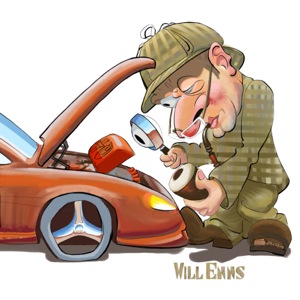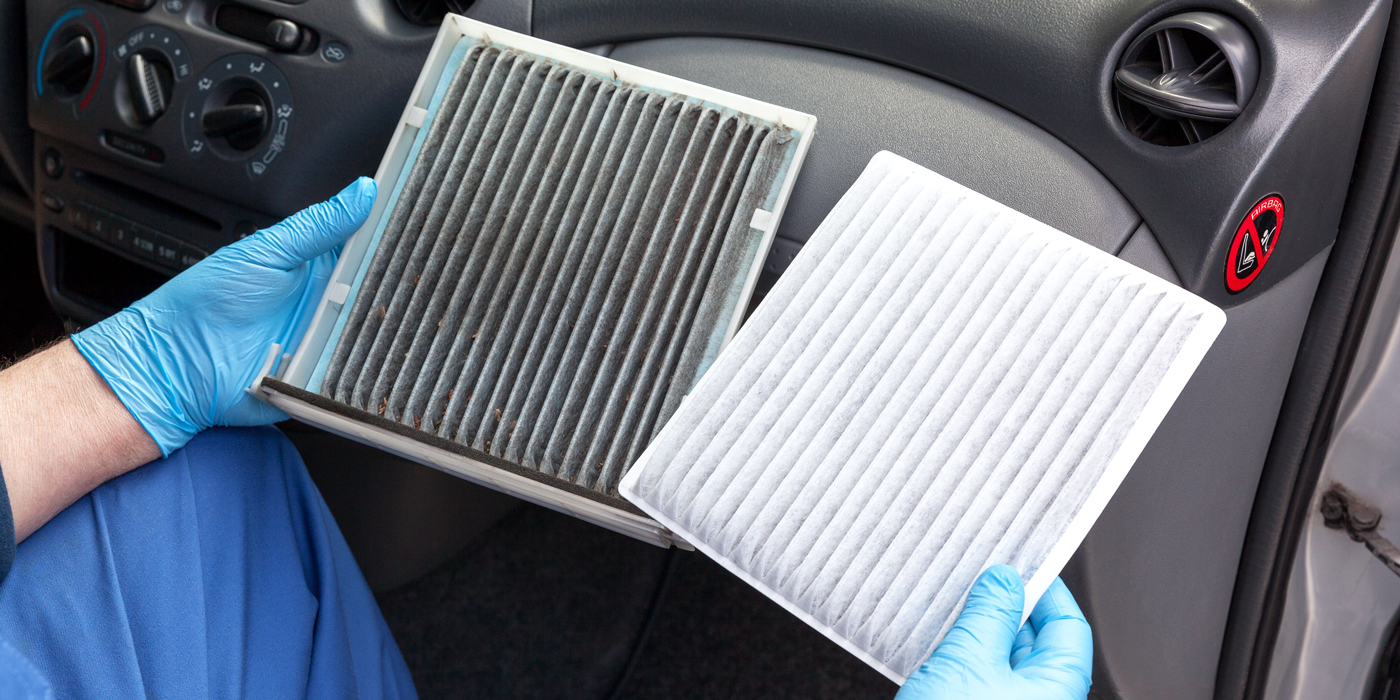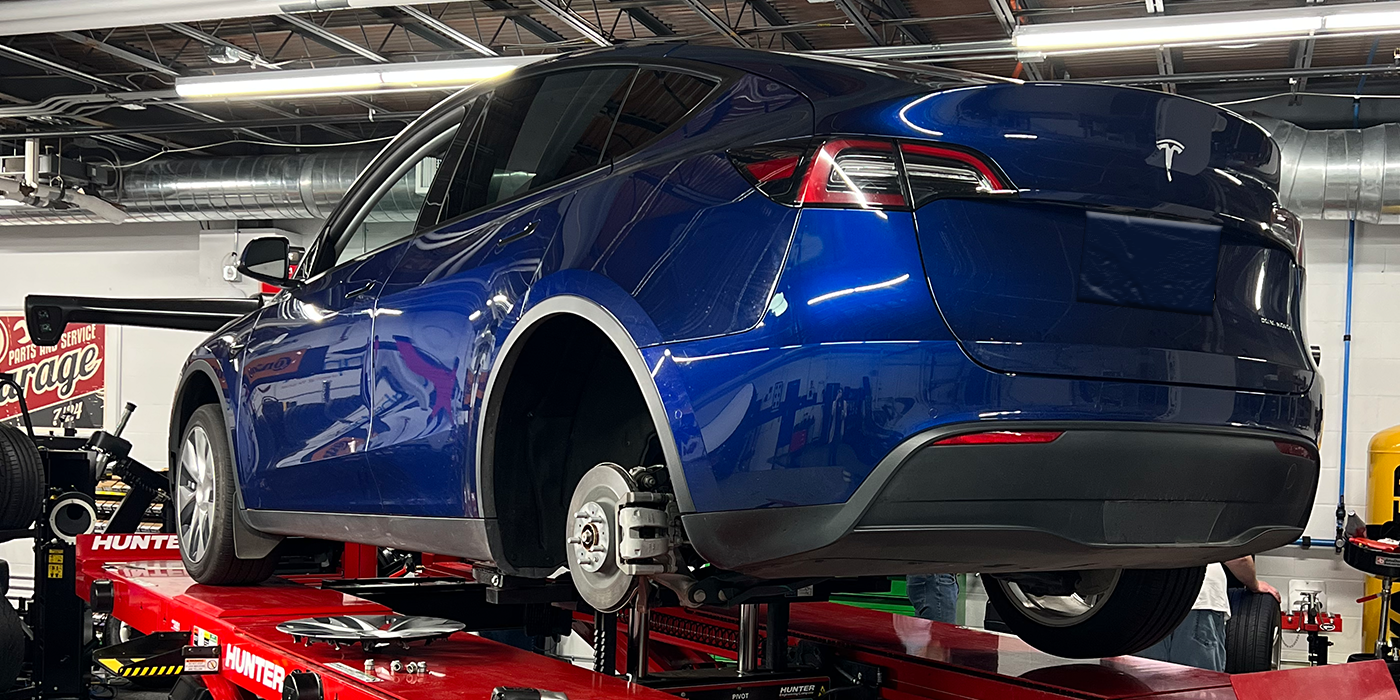The morning paper rustled ominously, accompanied by dark mutterings from the reader behind it. I downed my first gulp of coffee without thinking and paid dearly for it. "Hey Tooner," I said, picking coffee grinds out of my teeth, "did you forget to use a filter again?"
Tooner put down the paper. “How d’ya expect me to remember trivial details when our world’s about to tank!” He slammed a fist down on the table. “Slim, there’s a major cover-up going on out there, right in our own industry!”
I glanced at the headline pinned under his clenched fist – “GAS PRICES HIT RECORD HIGH.”
“You’re just mad because your old Chevy pickup only gets nine miles to the gallon. It’s time to trade it in.”
“Don’t try ‘n change the subject. It’s a conspiracy between the automakers and the oil companies. Why, I know a guy whose third cousin knows a neighbor who told his friend that his uncle bought a new car in California and drove it home to Seattle on one tank of gas!” He glanced around suspiciously. “The next day he died mysteriously. Then some goons from the factory showed up on the widow’s doorstep an’ offered her a hundred grand for the car – they claimed it was a faulty experimental model!”
Basil chuckled over his game of solitaire. “Tooner, your conspiracy theories are entertaining, I’ll give you that.”
Tooner went back to his paper. “Just watch yer back, Basil; cover-ups happen all the time.”
The arrival of a customer interrupted the discussion. “She’s been sitting for a year,” said George, referring to the 1993 Pontiac Grand Am idling roughly out in front of the building. “It ran good when I parked it, but now it’ll hardly start. Can you check it out?”
We had time, so I drove George home. When I pulled into Tooner’s bay on my return, Beanie came over for a look under the hood. “Hey, this is a 2.3 liter Quad 4 engine; I’ve never seen one of these! Where are the spark plugs?”
Tooner tapped the large composite cover in the center of the engine. “Under there,” he said. “They’re connected directly to the coil packs and ignition module that are bolted to the underside of this cover.” He sniffed derisively. “They call it Integrated Direct Ignition or IDI. Personally, I hate it, ‘cuz it’s hard to check for spark.”
“Well, that’s too bad, because I’d say this baby has a serious ignition miss.” I tossed him the keys. “Good luck.”
Tooner and Beanie spent the morning checking out the Grand Am. Along with hard starting, it idled poorly, misfired under load, and you could smell the raw fuel coming out the tailpipe. “I ran a compression test,” Tooner said. “There’s 170 pounds on all cylinders. I also checked fuel pressure and injector pulses, tested all the sensors – everything’s good! An’ on top of that, there ain’t no trouble codes.”
“How were the plugs?”
“Terrible,” he replied. “So I replaced ‘em.” He threw up his hands. “But as you can tell, there’s no change. From the way it runs, I’d swear there’s a dead miss on one of the cylinders.”
Beanie frowned. “So how are we going to check for that? With this configuration, you can’t just pull a plug wire to check for spark!”
Tooner rubbed the stubble on his chin. “Watch and learn, Bean.” Once again, he removed the four bolts holding the coil cover and turned it upside down on top of the engine. Then he hooked up four ignition wires directly from the coil packs to the spark plugs. His plan was to pull one plug wire off at a time and check the spark output. He reached in the driver’s window and turned the key.
“Hey,” exclaimed Beanie. “It sure runs nice now!”
“What’s going on here?” demanded Tooner. As long as he had the IDI cover assembly unbolted and upside down, the engine ran great. But as soon as he put it back in place, the car would barely start. “Somebody’s messin’ with my mind,” growled Tooner. “An’ I don’t like it!”
Luckily, Basil came over and intervened. “It looks like there’s some truth to your theory about ‘cover-ups’, Tooner.” Basil explained that the Quad 4 engines use the coil cover to conduct the secondary voltage to the plugs via thin copper strapping buried within the plastic. “Over time the plastic breaks down and the voltage either shorts to ground, or crossfires to other cylinders.”
Tooner rolled his eyes. “I knew there was a good reason why I hated this system.”
So on Basil’s advice, we ordered up a new cover, which completely solved the Grand Am’s drivability problems. “Figures,” muttered Tooner at lunchtime. “When I phoned GM for a new cover, the parts guys knew all about it. They’ve known for years that these things cause trouble.” He waggled his peanut butter sandwich in my direction. “Which means my conspiracy theories ain’t just hot air!”
I stirred my coffee cautiously, checking carefully for debris. “How so?”
“Cause when I asked them for the fix to make my Chevy truck get better mileage, they just laughed. Said there ain’t no fix; it’s just the way they’re made!”
He buried his nose the newspaper once more. “Mark my words, Slim,” he muttered. “Them automakers and oil companies, they’re hiding somethin’, and one day I’m gonna uncover it.”
Rick Cogbill, a freelance writer and former shop owner in Summerland, B.C., has written The Car Side for a variety of trade magazines for the past 14 years. “A Fine Day for a Drive,” his first book based on the characters from this column, is now available for order at thecarside.com.













